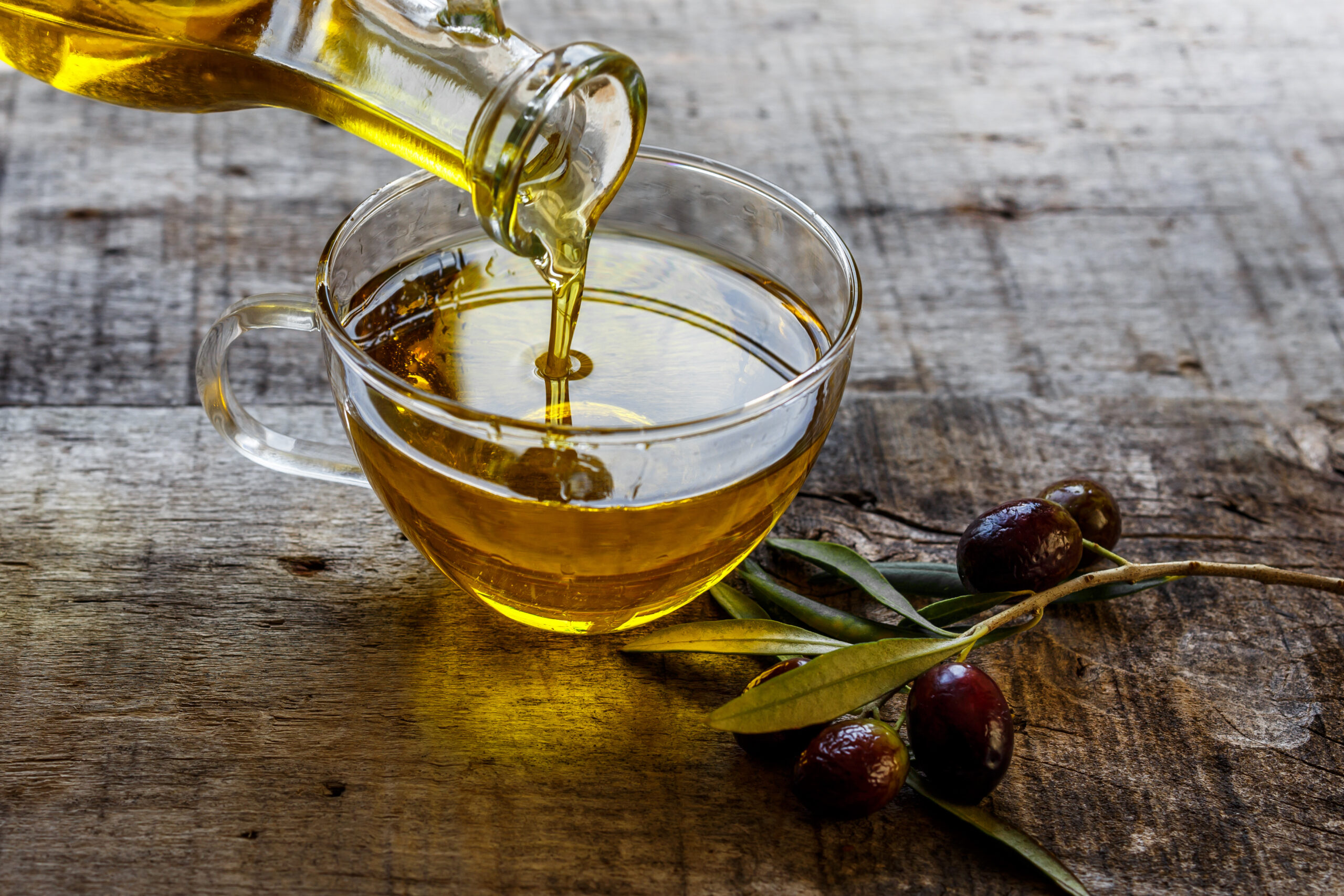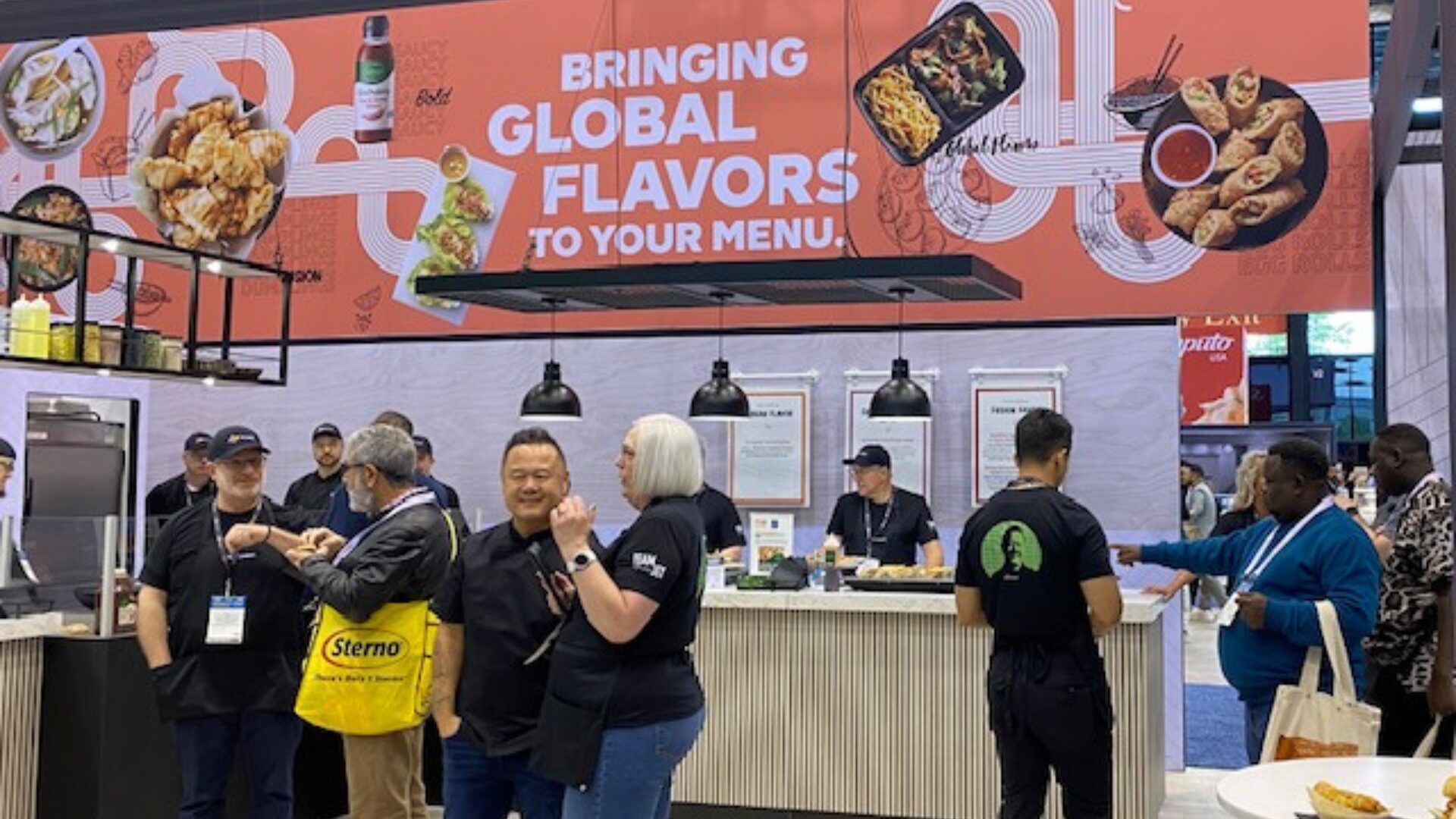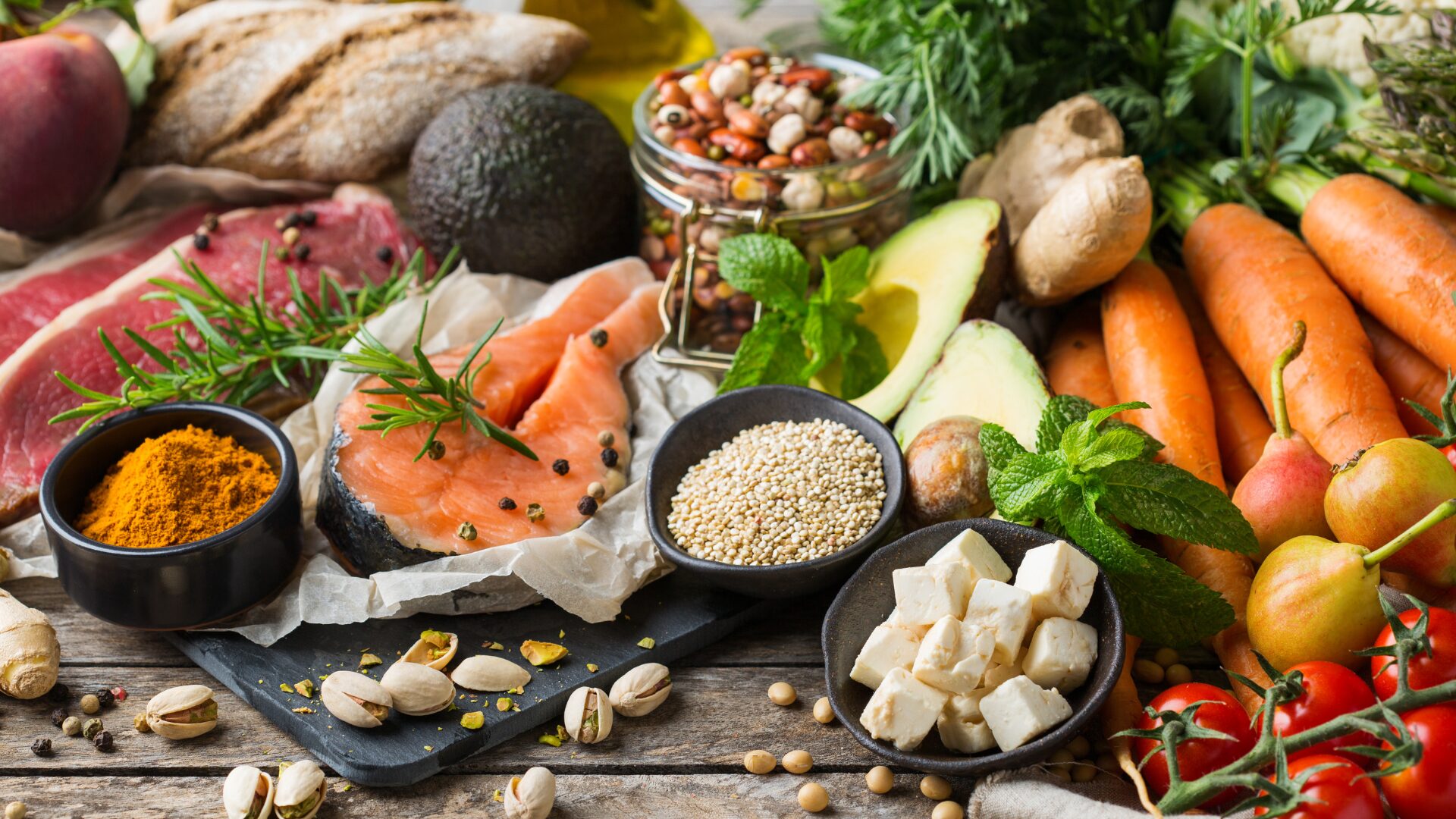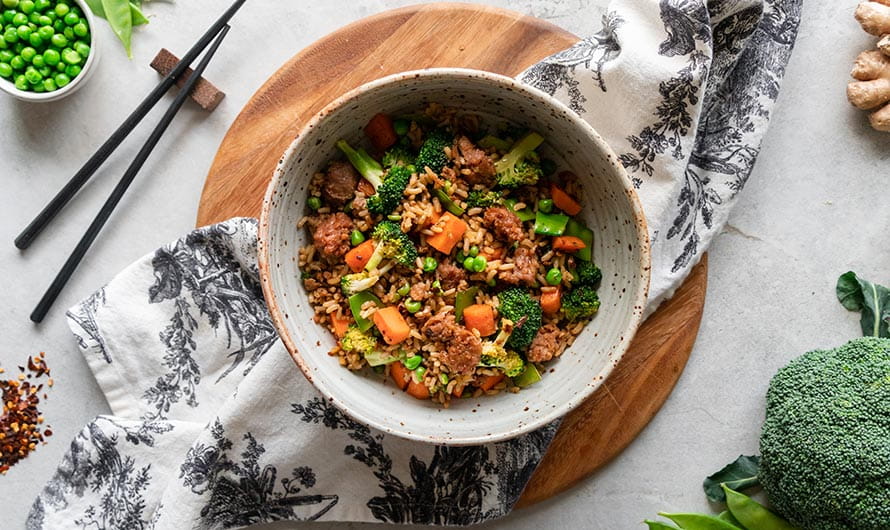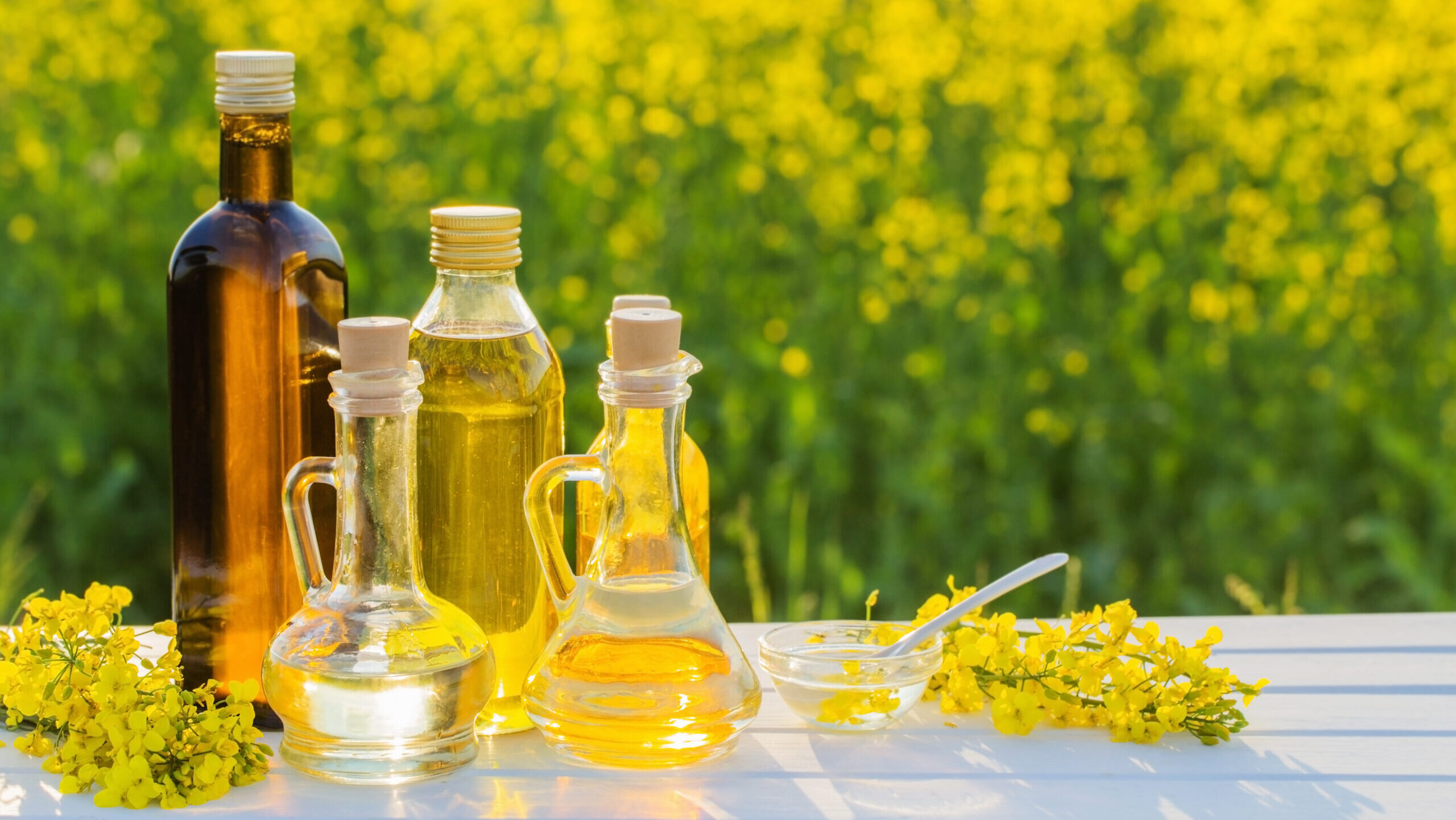Olive oil, which sometimes is talked about in the same terms as fine wine, is being threatened by climate change, high interest rates and inflation that has sent prices soaring.
Searing heat in Spain, Greece and Italy – the three top olive-oil producing countries – has damaged trees, reducing yields. The olive tree is the oldest cultivated tree in the world, with the industry stretching back thousands of years.
Lior Lev Sercarz, founder of the global spice brand La Boìte and the son of one of the top olive oil producers in the Middle East, told The Food Institute his father is among olive oil producers who will not use the fruit from damaged or fallen trees, which can account for as much as 30% of the harvest. Harsh conditions have a disproportionate impact on smaller producers.
For 2022-23, 2.44 million metric tons of olive oil were produced globally. That figure dwindled to about 2 million metric tons for 2023-24 – about 23% below the four-year average.
The global olive oil market is valued at $14.64 billion and is expected to grow to $20.9 billion by 2032.
“People think olive oil producers are ‘winning’ at the supply and demand game right now, but it’s not that simple,” Sercarz said. “Our world consumes an astronomical amount of olive oil compared to even a few decades ago, and not every producer has the option of keeping up with demand or even pricing in a way that allows them to compete.
“While there were not many olive producers until the ’90s, there are now thousands.”
Though consumers may experience sticker shock at the grocery store when it comes to agricultural goods that require such a meticulous harvesting process like olive oil, producers pay close attention to the factors that impact production and work hard not to compromise quality, Sercarz added.
Mother Nature’s Toll
Rafael Alonso Barrau, a seventh-generation farmer in Almeria, Spain, and owner of Oro Del Desierto, told the BBC weather has damaged his trees.
“Last year we had 15% less than average [yield] compared to the last 20 years. We might consider this normal as olive trees produce not the same every year with alternate yearly yields the norm, but this year we had less than 45% yield and this matters a lot,” Barrau said.
Deoleo, the biggest olive oil producer in the world, is warning of quality concerns as high temperatures damage the crop in Spain, where more than 40% of the world’s stores are produced.
“Strong inflation along with high interest rates and unfavorable olive oil harvest forecasts (in terms of quantity and quality due to the drought cycle) has caused prices to increase considerably,” Miguel Angel Guzman, chief sales officer at Deoleo, maker of such popular brands as Bertolli, told CNBC.
Looking Ahead
Prices already were at record levels in Europe though appeared to be cooling with the advent of rain.
“We still have months ahead of us until we know the possible volumes of the 2024-25 harvest and until that moment, these movements will be punctual, and prices will continue to be volatile,” Guzman said.
The price increase could send consumers scrambling for alternatives. Avocado oil likely is the closest in flavor and nutritional profile, but is even more expensive, about twice the price. Grapeseed oil is closer in price but has little flavor and is not as nutritionally dense, although it contains more vitamin E.
Poppy Kourkoutaki, executive chef of Bacchus restaurant on the Greek Island of Crete, told the BBC some dishes can be made with virtually no oil by slow cooking, creating a bone broth and using the fat from meat or fish as an alternative, though such practices, although honed over the centuries, are not as healthy.
The Food Institute Podcast
Corn stocks, poultry flocks, and highly-pathogenic avian influenza – what does the U.S. agricultural system look like amid inflation and other headwinds? Wells Fargo Chief Agricultural Economist Dr. Michael Swanson discussed specialty crops, grain plantings, and what to expect in the growing year to come.


